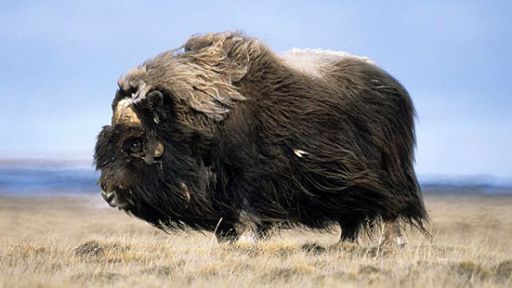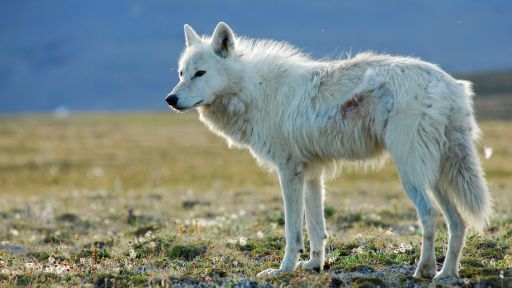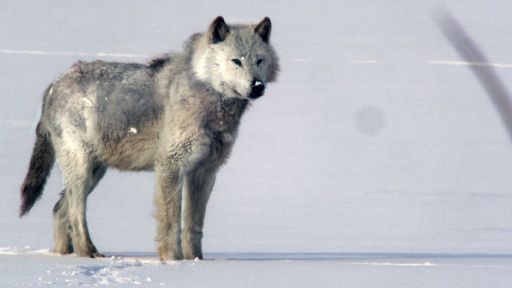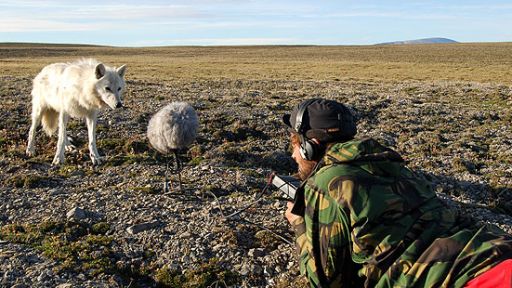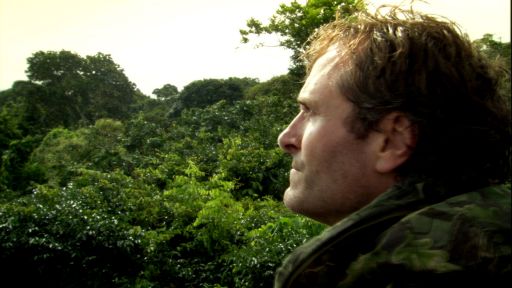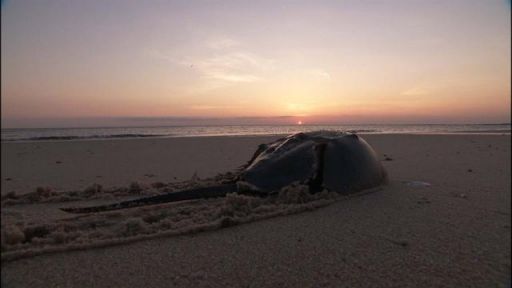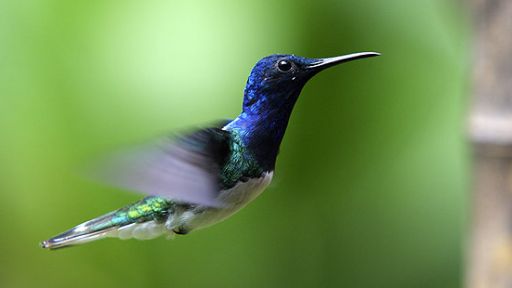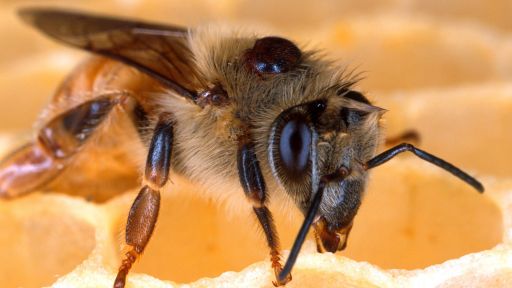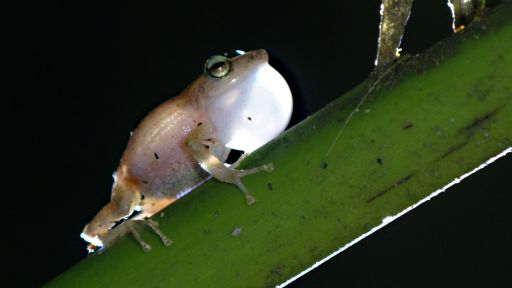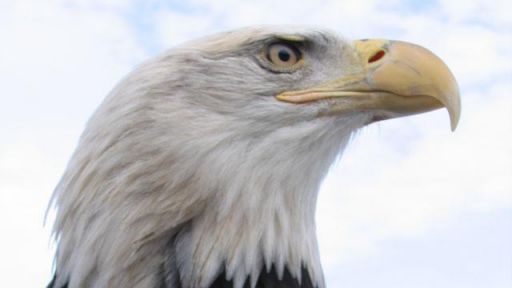Interview with Mike Dilger, Director on location with the gyrfalcons
IRENE: Was this your first time in the Arctic or filming in the Arctic?
MIKE DILGER: Yes, I have spent over four years working in the tropical forests of Ecuador, Vietnam and Tanzania as a biologist, and then moving in to TV I have worked in in the countries of the USA, Peru, Costa Rica, Panama, Argentina and Honduras. So most of my prior experience was basically anywhere hot or moist, or both!
IRENE: Can you tell us how this particular gyrfalcon family was located and selected for this film?
MIKE DILGER: Fergus Beeley, the Producer, found the location after discussion with a ranger called Ross Glenfield, who works for Parks Canada up in the High Arctic and had previously visited the site. The easy access of the location was confirmed by the expedition tour company Whitney & Smith, who are based in Canmore, Alberta and who lead kayaking trips up on Ellesmere Island.
IRENE: How and where did you set up your cameras to get footage of the gyrfalcons’ ancient cliff site?
MIKE DILGER: We filmed from three locations. One was from a rocky coll around 200m away to get the wide shots of the birds flying to and from the cliff. Most of the footage was shot from a stilt hide we built out of ski runners and spare timber about 25 meters from the rock face. The final filming position was at the top of the cliff face above the eyrie to get flying shots.
IRENE: In the film, the chicks are on the verge of starving. One of the most common questions we get from NATURE viewers is how filmmakers respond to this type of situation.
MIKE DILGER: We simply film what happens, never interfere in any way and try to make a minimal impact. It would have put all the birds at risk to have climbed up into the eyrie and we certainly wouldn’t have been able to catch the food they needed to feed them! The only time we entered the eyrie was upon arrival just once to check on the state of the eggs and count the clutch.
IRENE: Any interesting stories you care to share about your experience? Difficulties? Rewarding experiences?
MIKE DILGER: We were very keen to film a hunting sequence, but the vast majority of times they [the falcons] went hunting on the mainland making it impossible to follow them, and the only hope was catching them on a spontaneous hunt near the island. The only time this happened was when the female gyr killed a female eider on the island right behind the hide — our one blind spot! I didn’t even see it because I was too busy watching narwhal!
We had to be constantly on the look-out for polar bear as there were no buildings to hide in. And the only really close encounter we had was when I was on my own (The cameraman and guide were re-supplying from the mainland). As the bear looked at me from 20 meters away, I wasn’t sure whether to reach for the shotgun (in case it charged), my stills camera or binoculars. I opted for the binoculars and as it looked at me and ran off, I had a moment to savor as I realized I had made the right choice!

